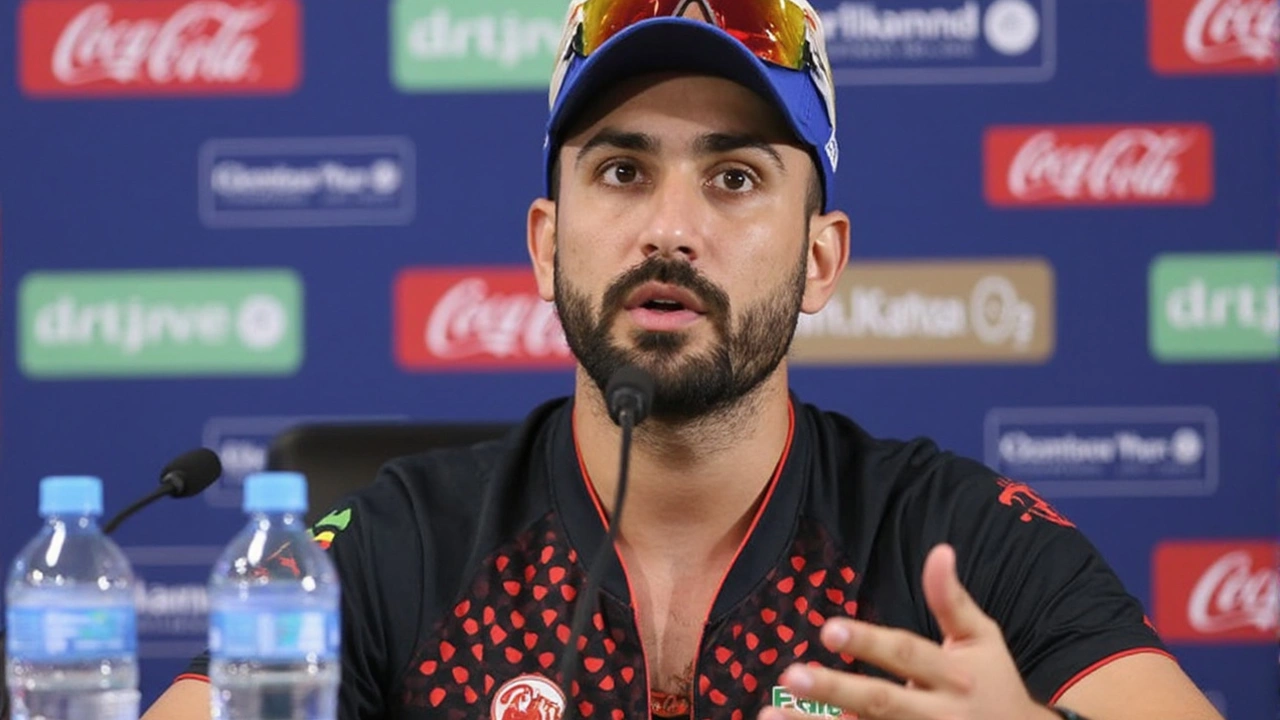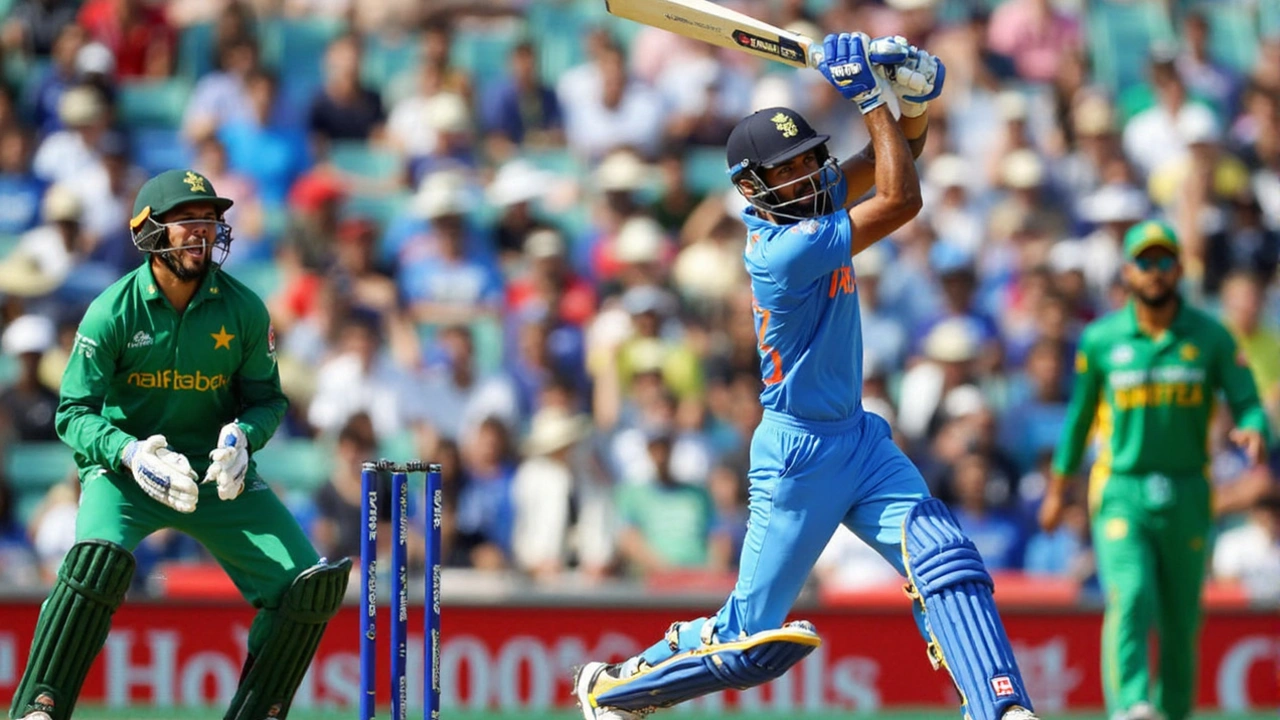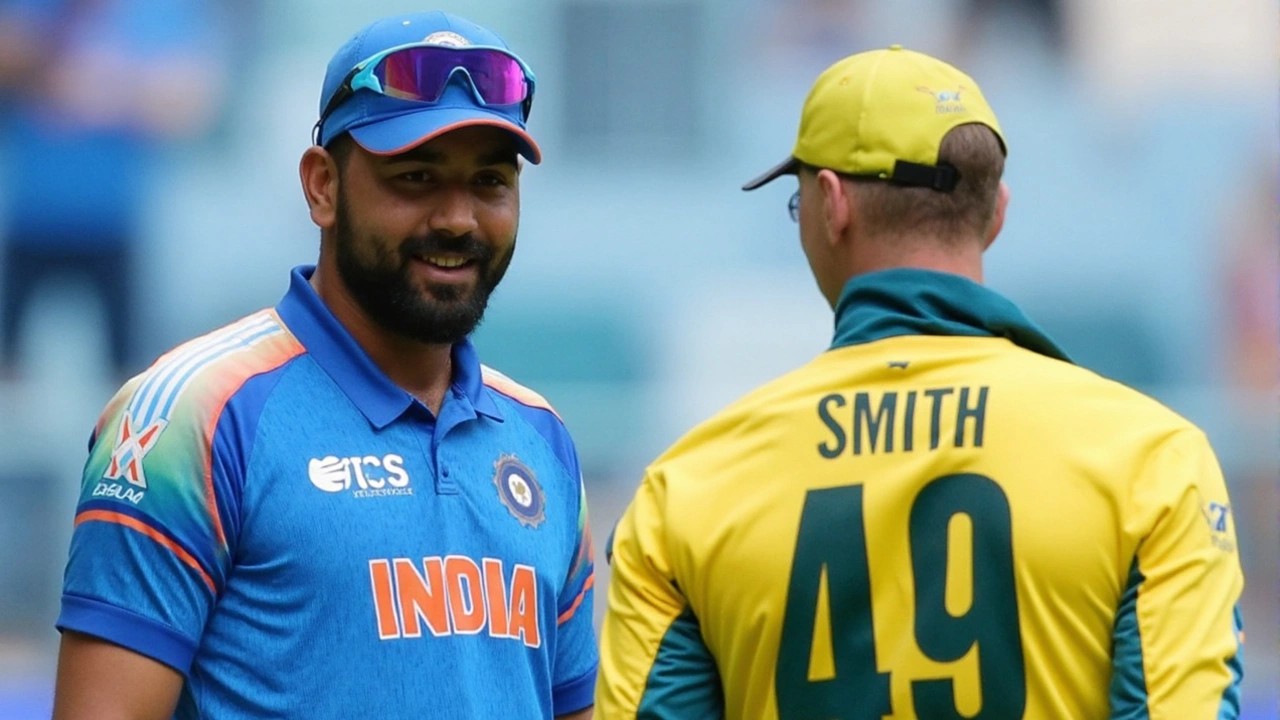Pitch at Dubai Stadium to Test India, Pakistan in Champions Trophy
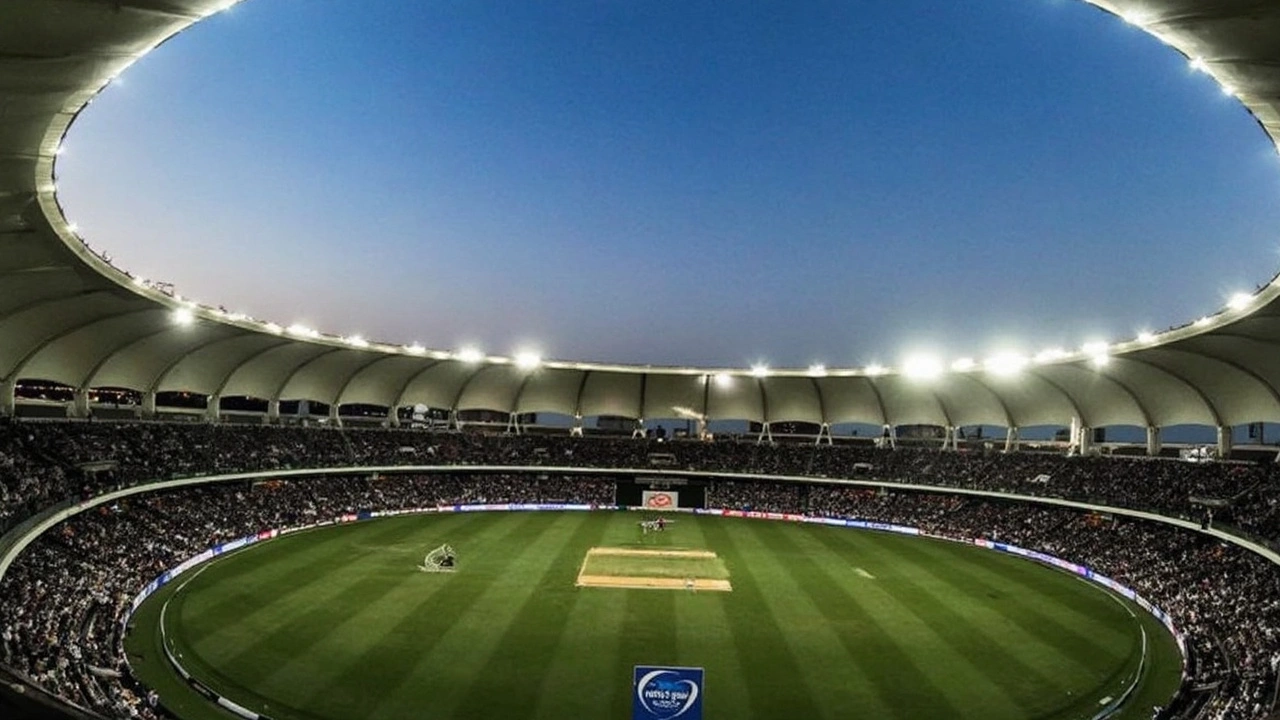
Dubai Stadium's Surface Dynamics
The upcoming clash between India and Pakistan in the Champions Trophy 2025 is set to take place on a pitch that promises to test the adaptability and tactical acumen of both teams. Located at the Dubai International Cricket Stadium, the surface is notorious for slowing down as the game progresses, which could significantly influence the match's progression. Early on, seamers might find some favor, thanks to the initial conditions offering movement. However, as the sun beats down and overs tick away, the pitch is expected to dry out, heavily favoring spinners.
This transformation is not new to teams familiar with Dubai's playing conditions. Recent T20 leagues have demonstrated that while there may be some early advantage for fast bowlers, the middle overs often see spinners taking the spotlight, potentially reducing the number of boundaries and sixes. Given this, teams might lean toward opting to bat first, aiming to set a competitive target in the range of 270-280, especially considering how scoring tends to become challenging beyond the powerplay overs.
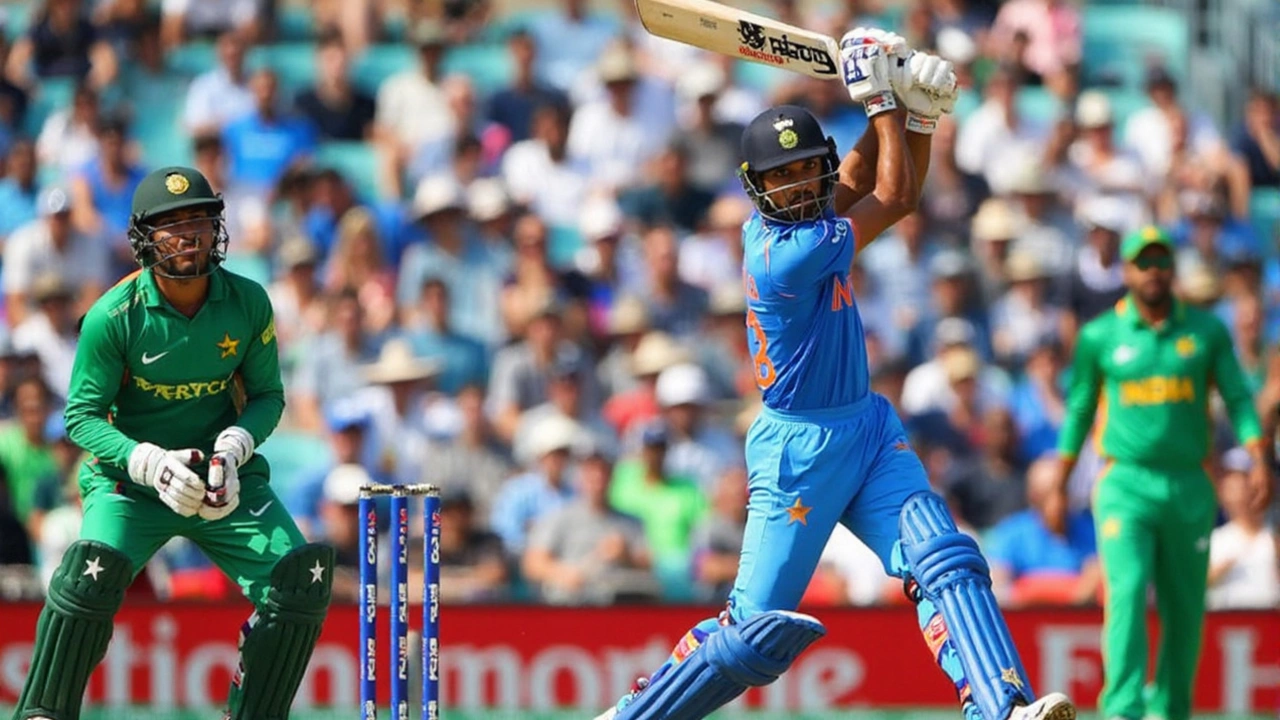
Strategic Approaches and Conditions
Toss strategy will undoubtedly play a critical role. In conditions where the dew factor is minimal and temperatures soar from 33°C in the afternoon and ease to 26°C by the evening, batting first can provide a psychological edge. Learning from past experiences, such as India’s match against Bangladesh, which underscored the benefits of batting first, both teams will weigh their options carefully at the toss.
Historically, the Dubai venue holds memorable high and low scorers. For instance, England’s remarkable 355/5 in an ODI and Sri Lanka’s 211/3 in a T20I set the benchmark for batting prowess, albeit far above the norm for current expectations. On the flip side, Namibia’s paltry 91 is a reminder of the surface’s potential pitfalls. Pakistan’s bowlers, led by potent spinners, might emulate Sri Lanka’s 2023 tactics to defend scores around the mid-200s.
With hot, dry weather foregoing any significant swing in conditions, teams must rely more on strategic adjustments than ever before. India, with prolific batters prepped for spin, will rely on players like Hardik Pandya not just for his aggressive play but also for adaptability. Likewise, the role of Kuldeep Yadav's wrist spin will be pivotal against Pakistan's lineup.
Conversely, Pakistan’s bowling strength, spearheaded by the likes of Shadab Khan and Iftikhar Ahmed, staying true to a spin-dominant strategy, could choke opposition runs mid-innings. Not to mention, Shaheen Afridi's the searing pace and Babar Azam’s role as an anchor will be imperative.
The encounter doesn't just hinge on who outplays the other in terms of skills but also on which team can better adapt to the evolving pitch conditions and execute their strategies with precision.
